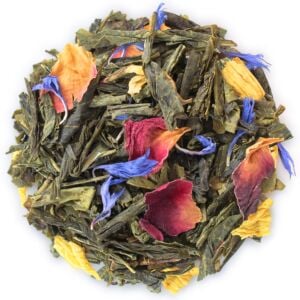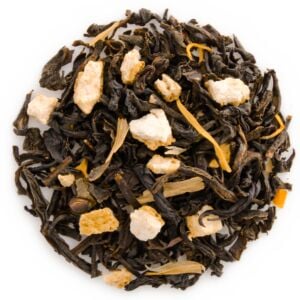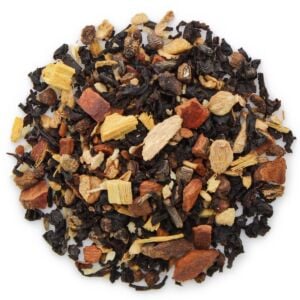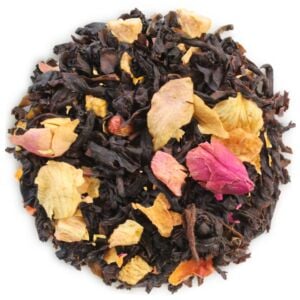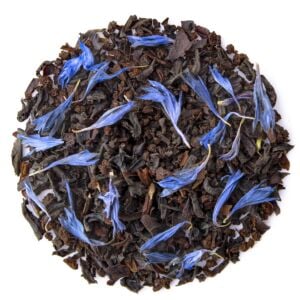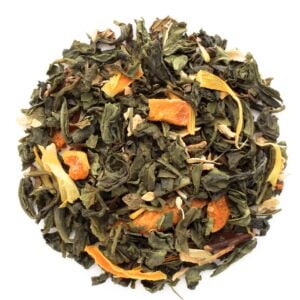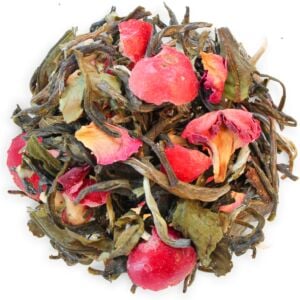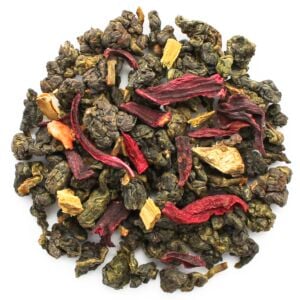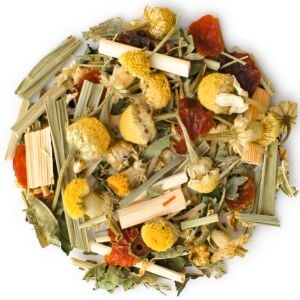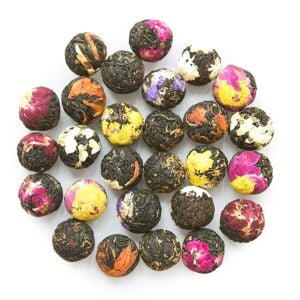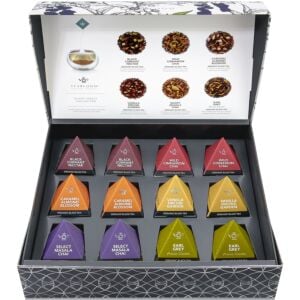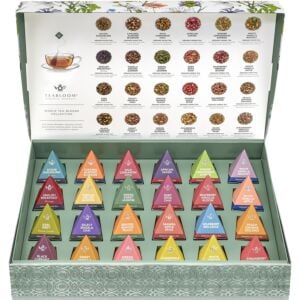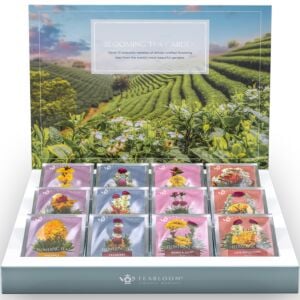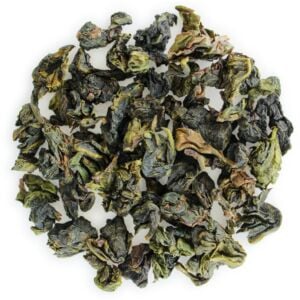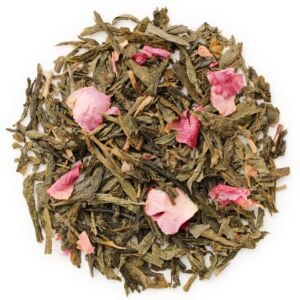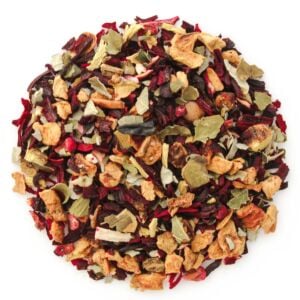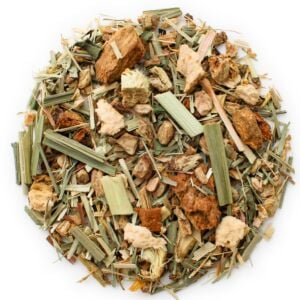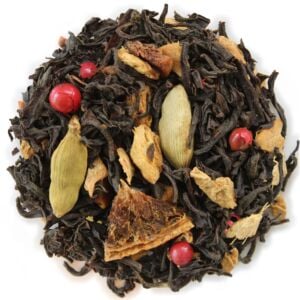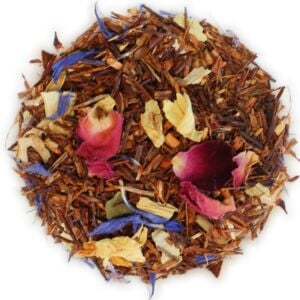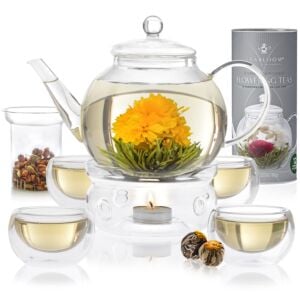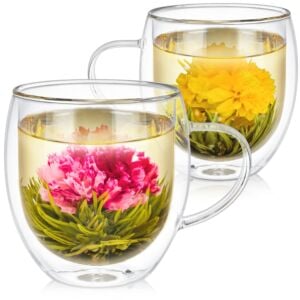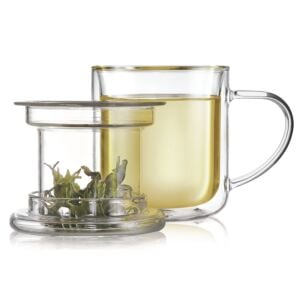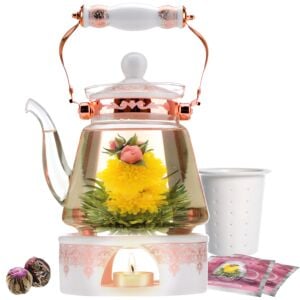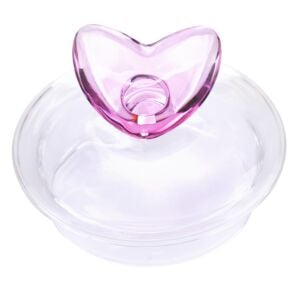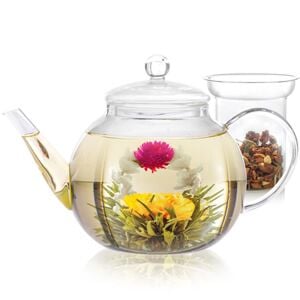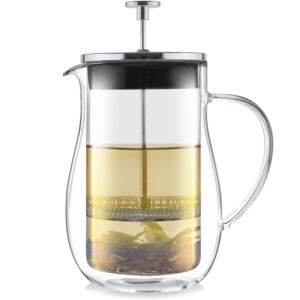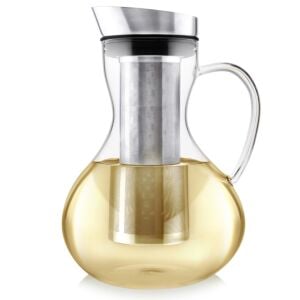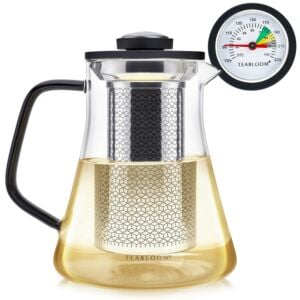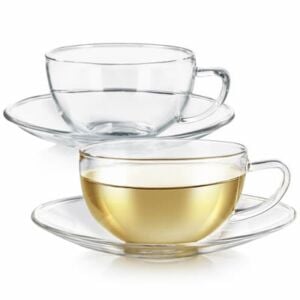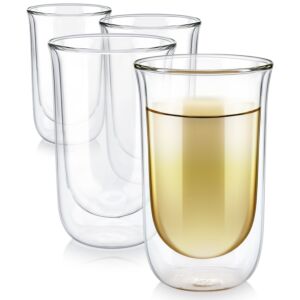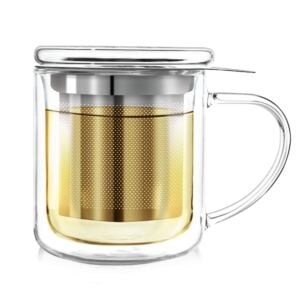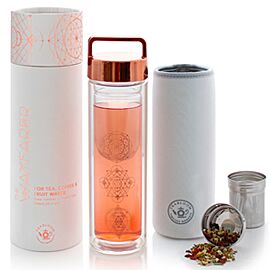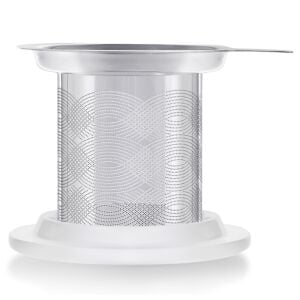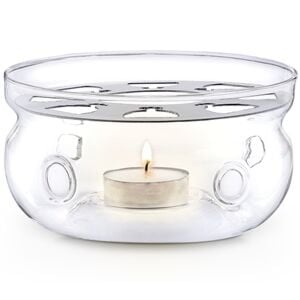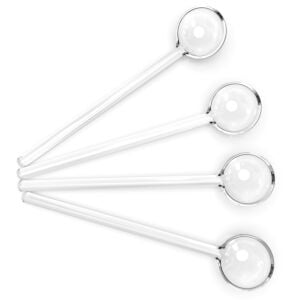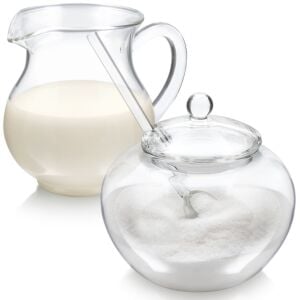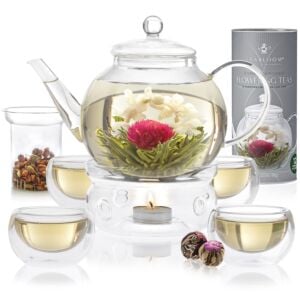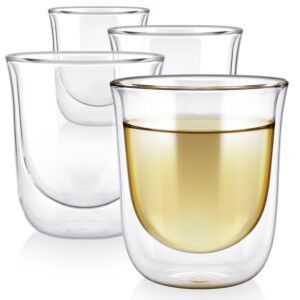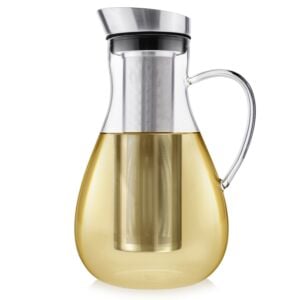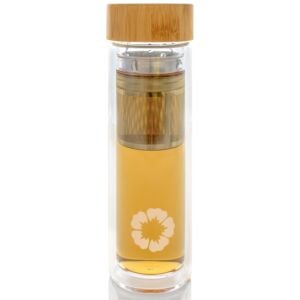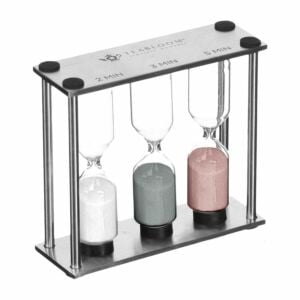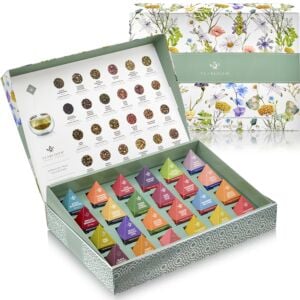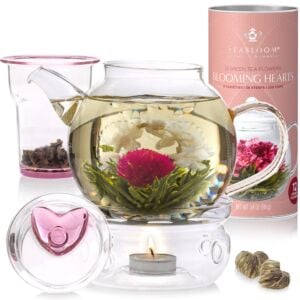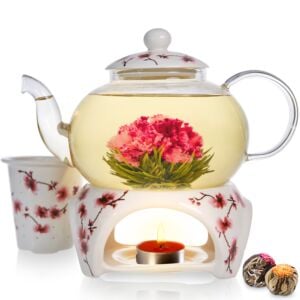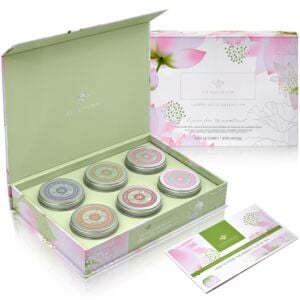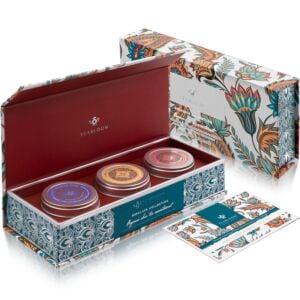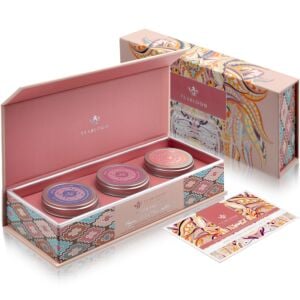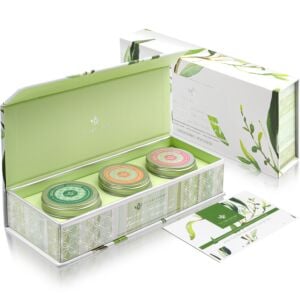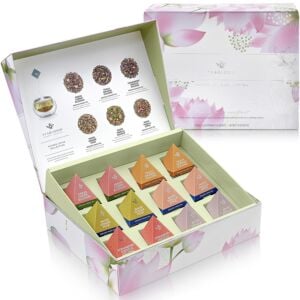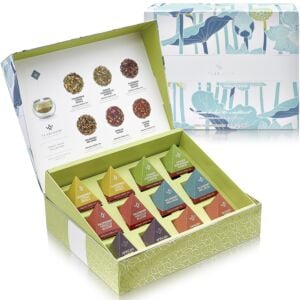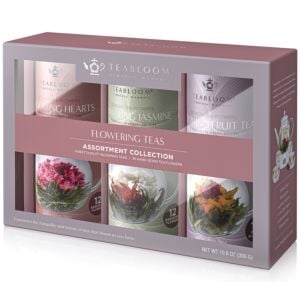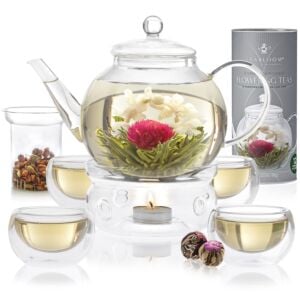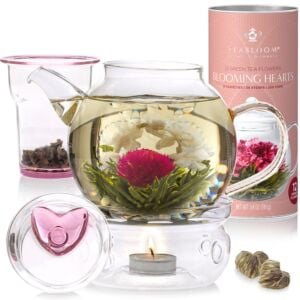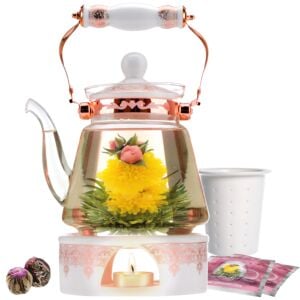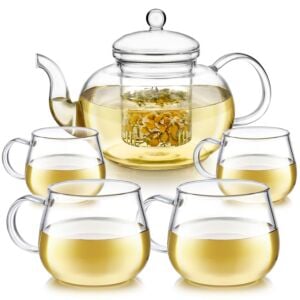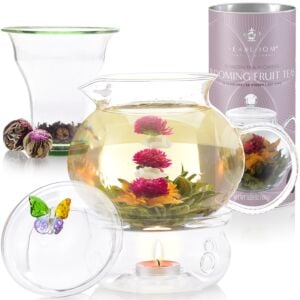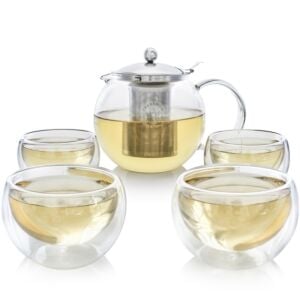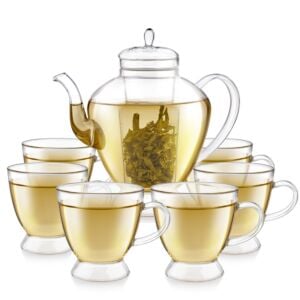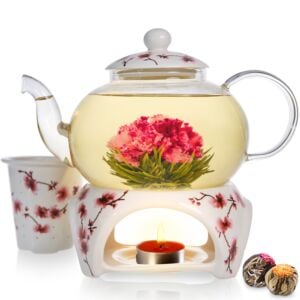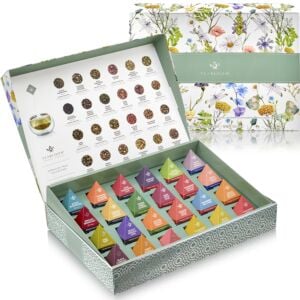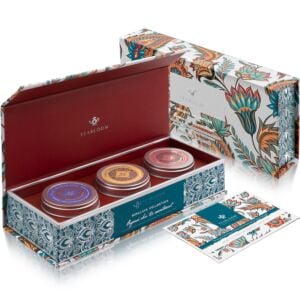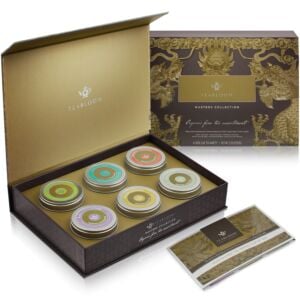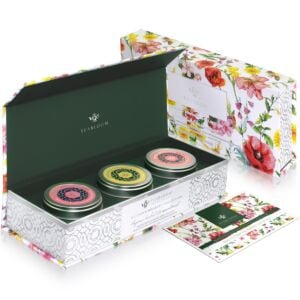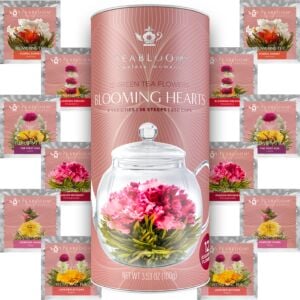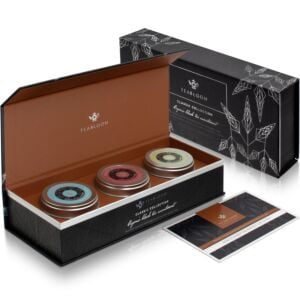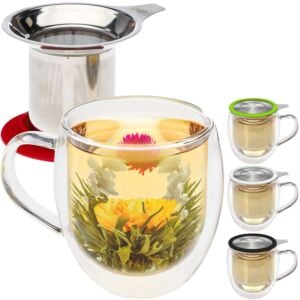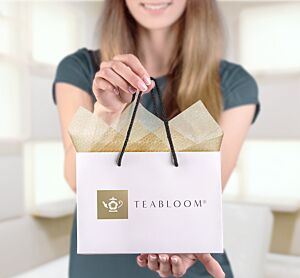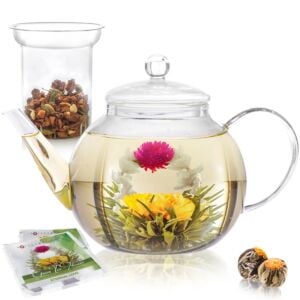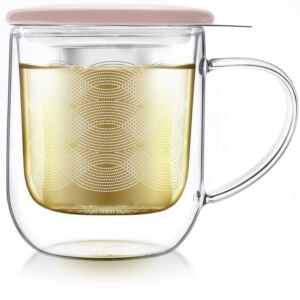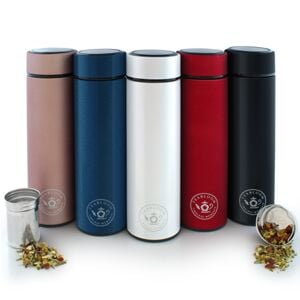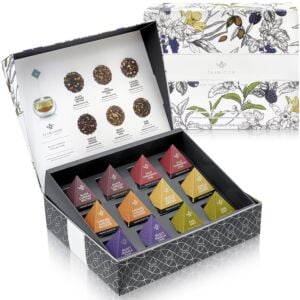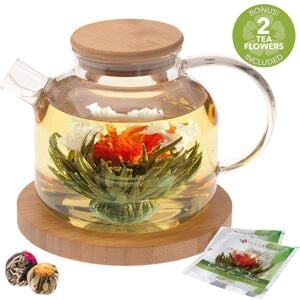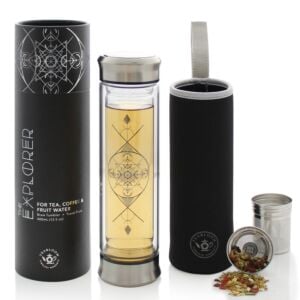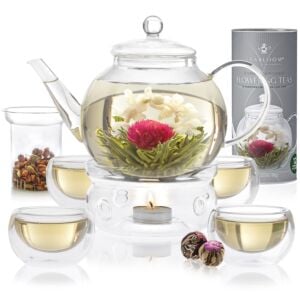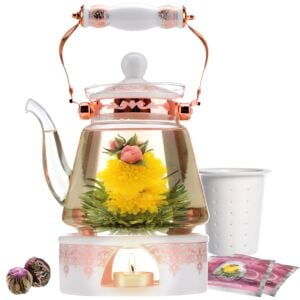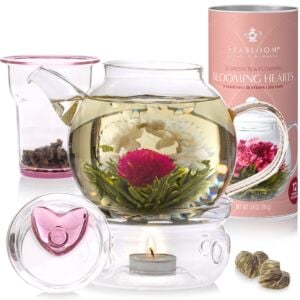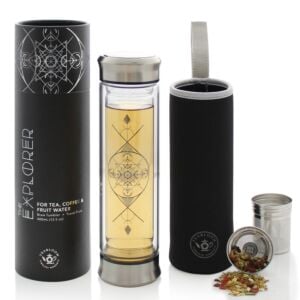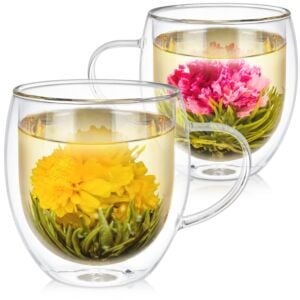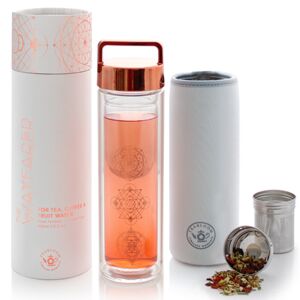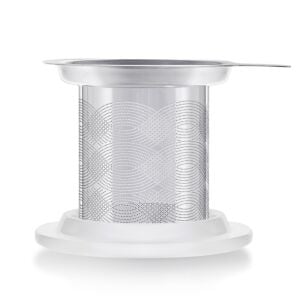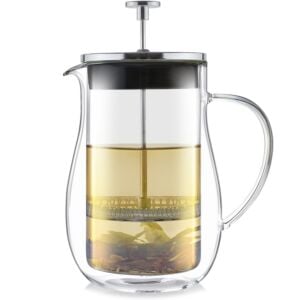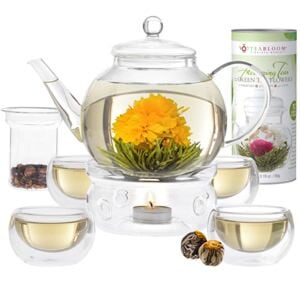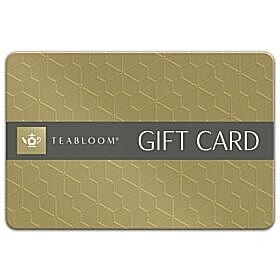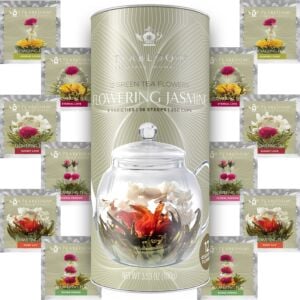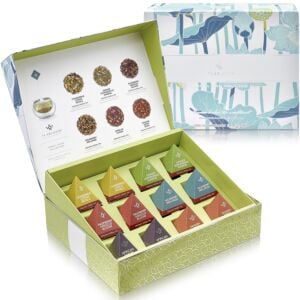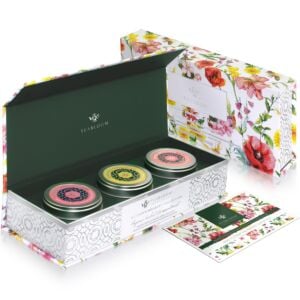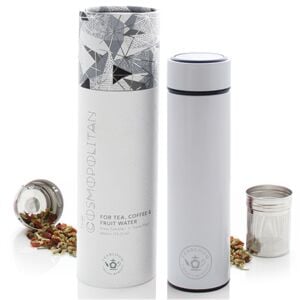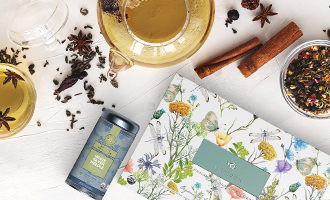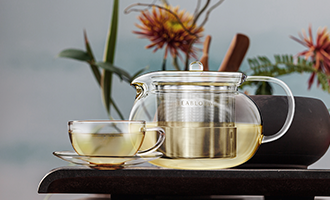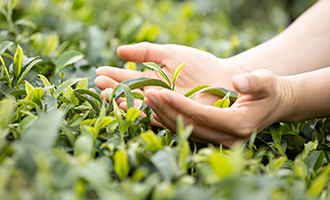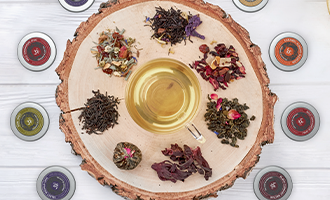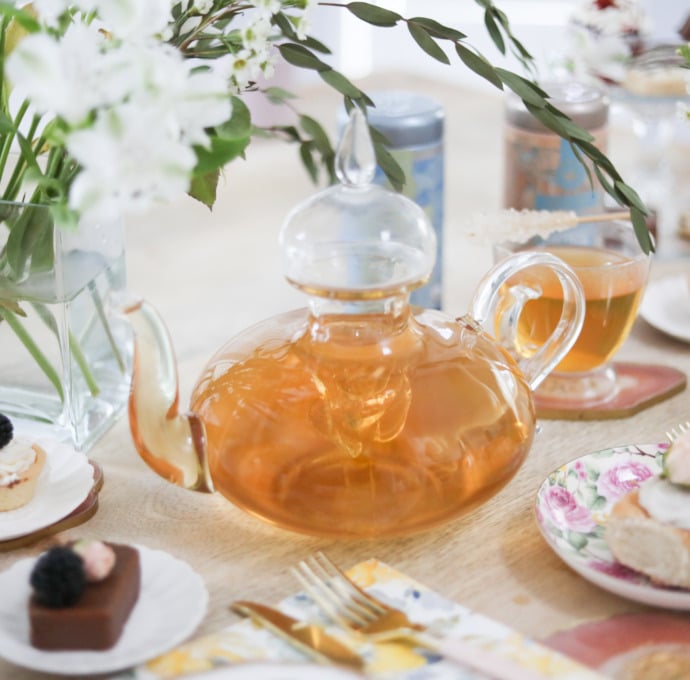Most Popular Chinese Teas
TEATIME NOTES
Find tips, recipes, and articles to increase your delight and enjoyment of tea.
Most Popular Chinese Teas
 China is an original producer of tea and is world famous for planting and making tea. Its popular customs of tea-drinking spread over to Europe and to many other regions through cultural exchange. Truthfully, the Chinese nation has written a phenomenal page for the tea culture in the history of world civilization. Certainly, the development and popularization of tea has been one of China's principal contributions to the world. Here are some of the most popular Chinese teas in the world.
China is an original producer of tea and is world famous for planting and making tea. Its popular customs of tea-drinking spread over to Europe and to many other regions through cultural exchange. Truthfully, the Chinese nation has written a phenomenal page for the tea culture in the history of world civilization. Certainly, the development and popularization of tea has been one of China's principal contributions to the world. Here are some of the most popular Chinese teas in the world.
Da Hong Pao

Da Hong Pao is a variety of oolong tea that is grown in Fujian province’s Wuyi mountains. It is heavily oxidized and much darker than some other oolong teas. Legend says that the mother of a Ming Dynasty emperor was cured by the leaves from the Da Hong Pao bushes. Six of the original bushes remain today, and the tea from them can sell for as much as $1,025,000 per kilogram. This one is definitely one of the most popular Chinese teas.
Long Jing - Dragon Well Tea
 Dragon Well Tea, as an important part of Hangzhou culture, expresses the living attitude of locals as well as the Chinese people. Usually, it takes 6 hours for the Dragon Well tea to pluck. Moreover, it takes more than 4 hours to fry. The Dragon Well tea, line with having yellow again in the color and luster is completely green. The tea form is flat, smooth. After washing bubbles, each is hung in water, the bud stands upright, tea is fragrant and lasting.
Dragon Well Tea, as an important part of Hangzhou culture, expresses the living attitude of locals as well as the Chinese people. Usually, it takes 6 hours for the Dragon Well tea to pluck. Moreover, it takes more than 4 hours to fry. The Dragon Well tea, line with having yellow again in the color and luster is completely green. The tea form is flat, smooth. After washing bubbles, each is hung in water, the bud stands upright, tea is fragrant and lasting.
Tieguanyin

Tieguanyin, which is Chinese for ‘iron goddess’, is another premium variety of oolong tea, also originating from Fujian province. Interestingly, the tea is named after the Chinese goddess of mercy and has an incredible intricate taste and warm aroma. Additionally, the process of creating the tea is complex as well, requiring nine steps from plucking to drying.
Biluochun Tea - Green Snail Spring
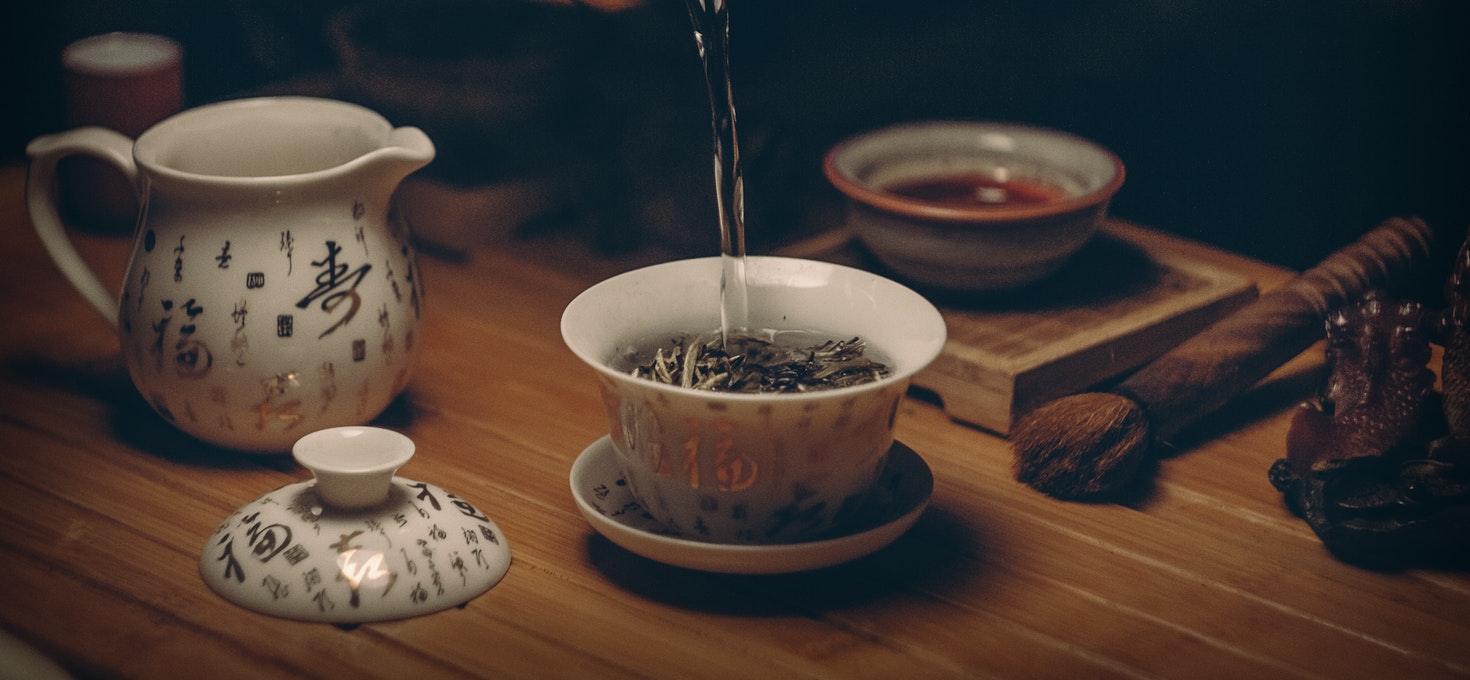
Huangshan Maofeng
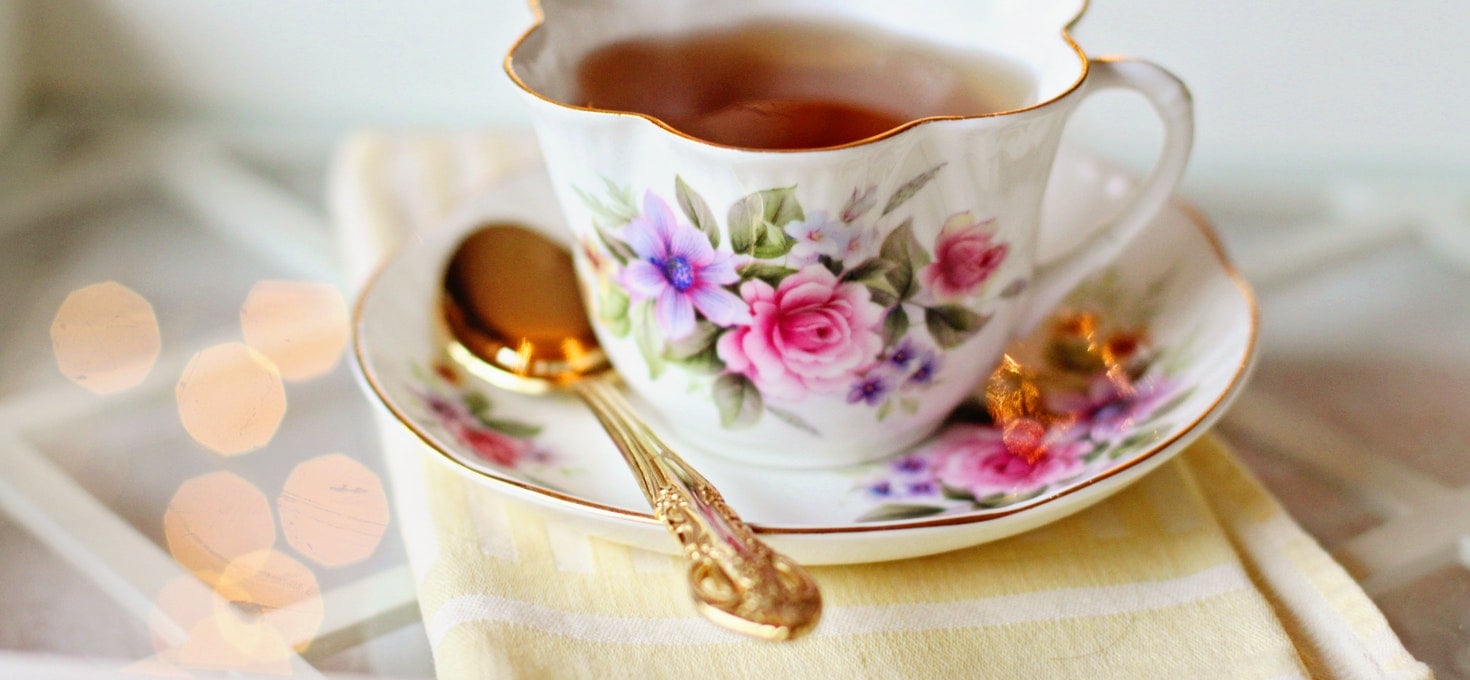
A famous variety of green tea, Huangshan Maofeng is grown in the foothills of Anhui province’s Yellow Mountain. The leaves resemble orchid buds and are covered in small white hairs, and the flavor profile of the resulting tea is earthy and full-bodied. Moreover, the tea is said to help maintain liver health and skin tightness.
These are China’s most popular teas available today. Furthermore, China is a mecca of fine and exotic varieties of teas, and by researching all of China’s unique teas you may find new and exciting cups of tea! For more tea topics, make sure to visit Teabloom!
